
Dr Colum Nolan
Senior Consultant Spine & Neurosurgeon
MB, BCh, BAO, LRCPSI, MRCSI, FRCSI (Neurosurgery)
A spinal tumour is an abnormal growth within your spinal canal, including on the spinal vertebrae. A spinal tumour can be classified as one of the two different types depending on its location. Regardless of its location, spinal tumours of any kind can cause pain and impair neurological functions, which can sometimes result in permanent disability. In severe cases, spinal tumours can be life-threatening.
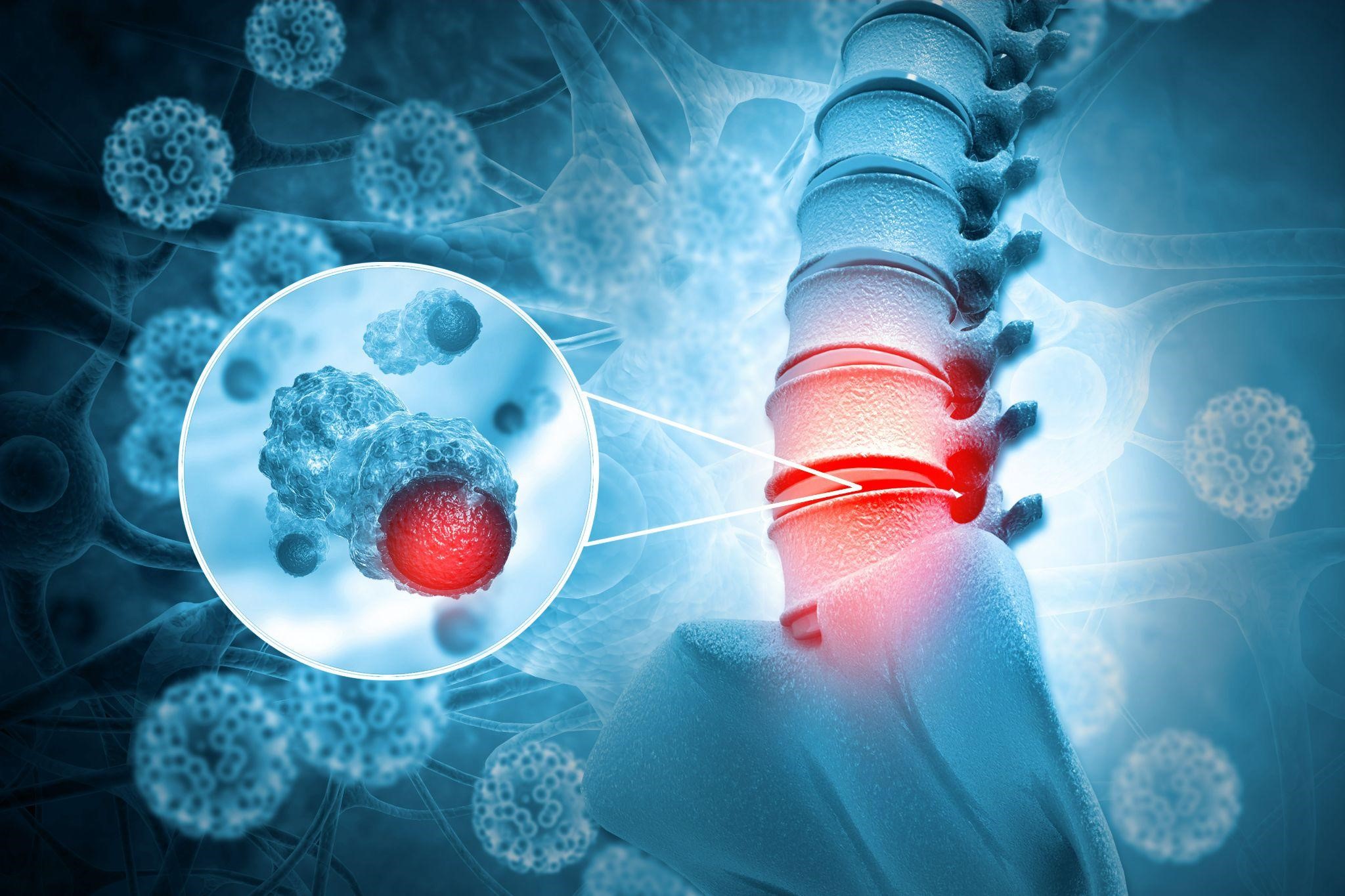
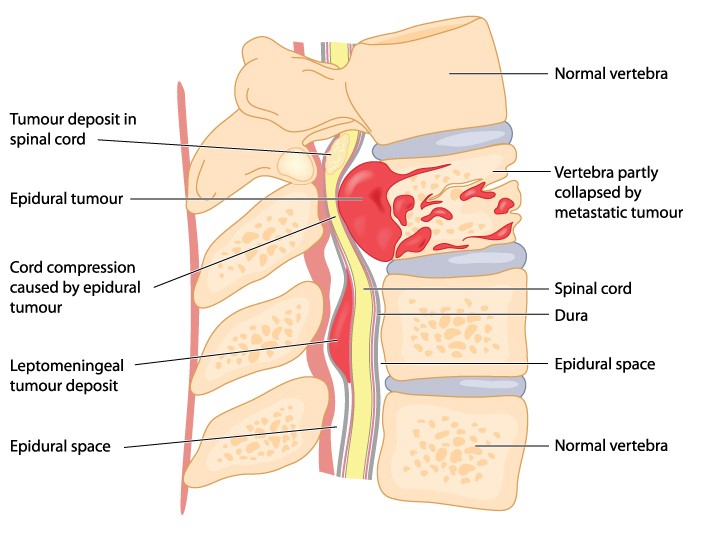
An intradural tumour is one that begins in the cells within the spinal cord. Intradural tumours are rare and only affect a minority of the population. Intradural tumours are further categorised as:
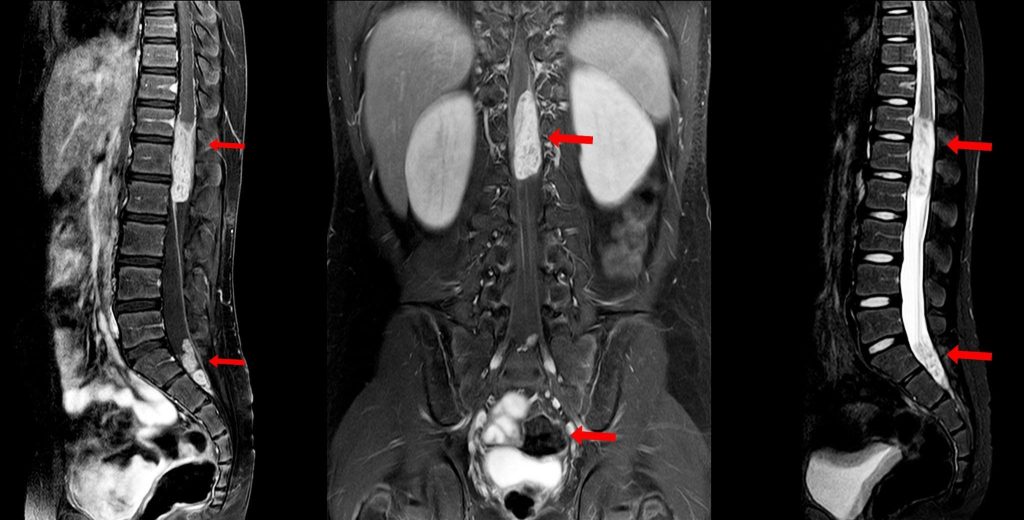
On the other hand, an extradural tumour is one that grows outside the outermost protective layer of the spinal cord. This type of tumour is commonly metastatic, and the cancer would have spread to the spine from another part of the body. It is estimated that about 90% of diagnosed spinal tumours are metastatic.
Although extradural tumours do not begin within the spinal cord, this type of tumour can affect spinal cord function by causing spinal cord compression and other problems. Extradural tumours can be classified;
These begin in the spinal column, e.g. on the vertebrae, spinal discs, spinal nerves, or other elements within the spine. This type of tumour is usually benign and found more commonly in younger people.
These begin elsewhere in the body and the cancer would have spread to the spine. This type of tumour is almost always malignant and is typically fast-growing, with the potential to spread further. Cancerous cells from the lungs, breasts, and prostates are most likely to spread to the spine.
There is not enough evidence to explain why most spinal tumours emerge. Experts suspect that defective genes play a role, but it remains unclear whether such genetic defects are inherited or developed over time.
In some cases, spinal tumours have been associated with known inherited conditions such as neurofibromatosis 2, a disorder characterised by the growth of benign tumours in the nervous system, and von Hippel-Lindau syndrome, a condition characterised by the growth of tumours and cysts in different parts of the body.
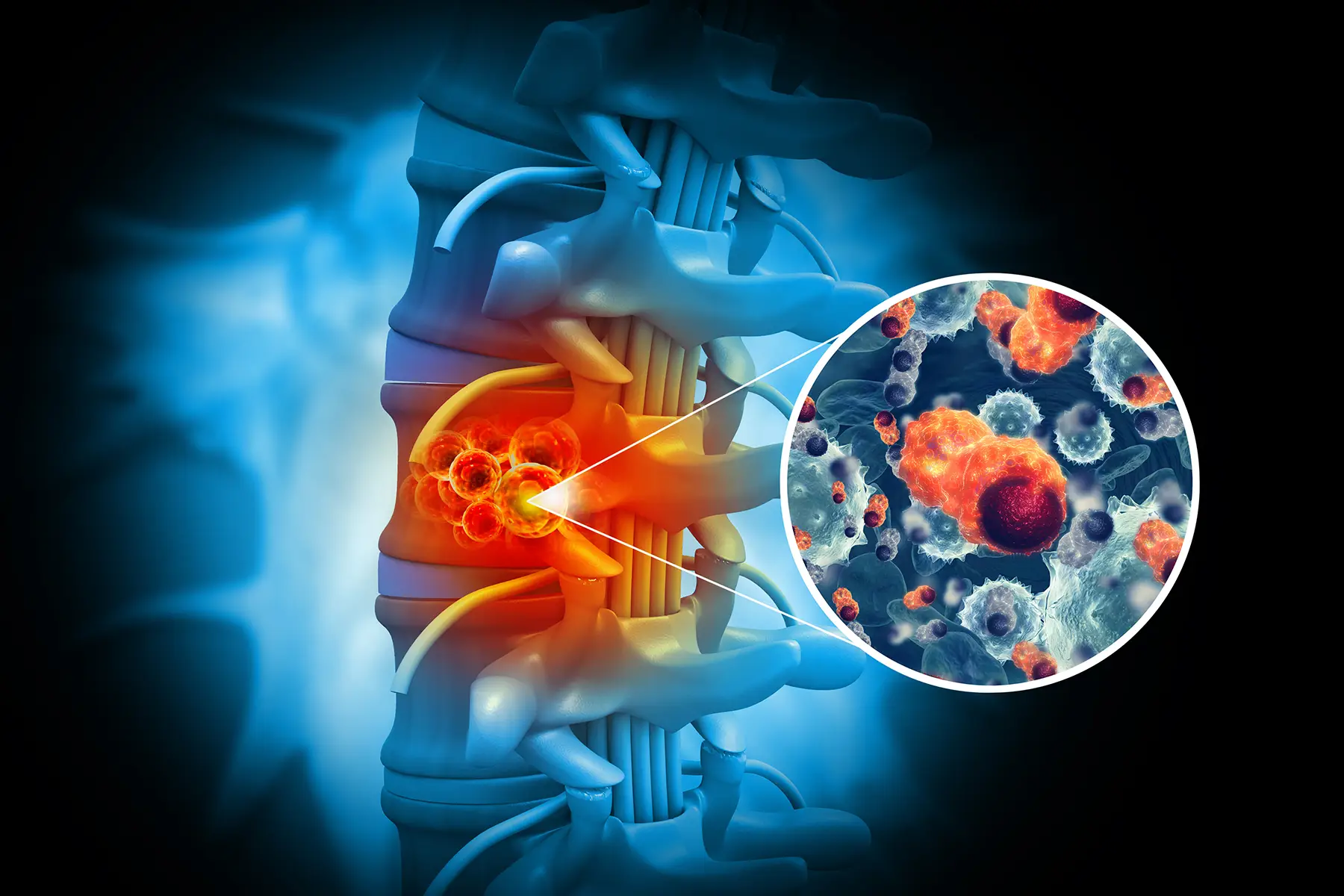

Different types of spinal tumours can present with different symptoms, especially as the tumours progress. Some common symptoms include:
While back pain does not necessarily imply a spinal tumour, you should consult your doctor if the pain is new, persistent, and progressive, and worsens at night. Late treatment of spinal tumours can result in permanent nerve dysfunction.
Spinal tumours are sometimes overlooked because they are rare in nature and their symptoms are common among other conditions as well. However, early diagnosis and treatment is important to prevent further loss of neurological function and regain nerve function.
For that reason, Dr Nolan would first investigate your medical history and carry out a physical examination.
If he suspects spinal tumours, he will order imaging tests to make a definitive clinical diagnosis.
These tests include:
Once a spinal tumour is identified, a biopsy test will be called to determine the nature and type of tumour. This information would be used to guide the treatment plan.
Ideally, the objective of treatment is to eliminate the tumour entirely, but this objective hinges on the location of the tumour, its nature and whether it has spread from elsewhere in your body.
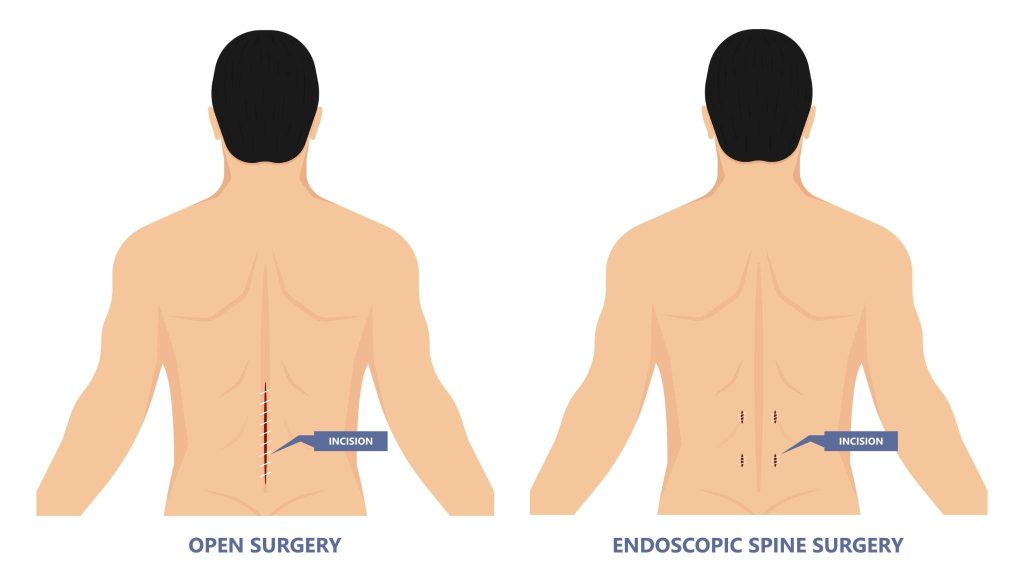
To remove a tumour would require surgery. While newer techniques and instruments can reach even tumours that were once considered inaccessible, not all tumours can be completely removed with surgery.
Radiation therapy or chemotherapy may be applied to remove the remnants of tumours after surgery. Some known side effects of chemotherapy include hair loss, nausea and/or vomiting, and fatigue. Your doctor will advise if chemotherapy alone is sufficient or should be applied in combination with radiation therapy.
Dr Colum Nolan is a Senior Consultant Neurosurgeon with over 20 years of experience, specialising in minimally invasive spine (keyhole) surgery and other spine procedures.
A graduate of the Royal College of Surgeons in Ireland, Dr Nolan underwent neurosurgical training in Ireland and Australia, followed by a fellowship in complex spine surgery at Addenbrooke’s Hospital, Cambridge, as well as rotations at the Orthopaedic Spine Unit in Norfolk and Norwich Hospital.
Dr Colum is committed to delivering compassionate, patient-centred care, combining surgical precision with a genuine dedication to improving his patients’ quality of life.

Our friendly team is here to serve you. For urgent enquiries and appointment requests, please call or WhatsApp us directly.